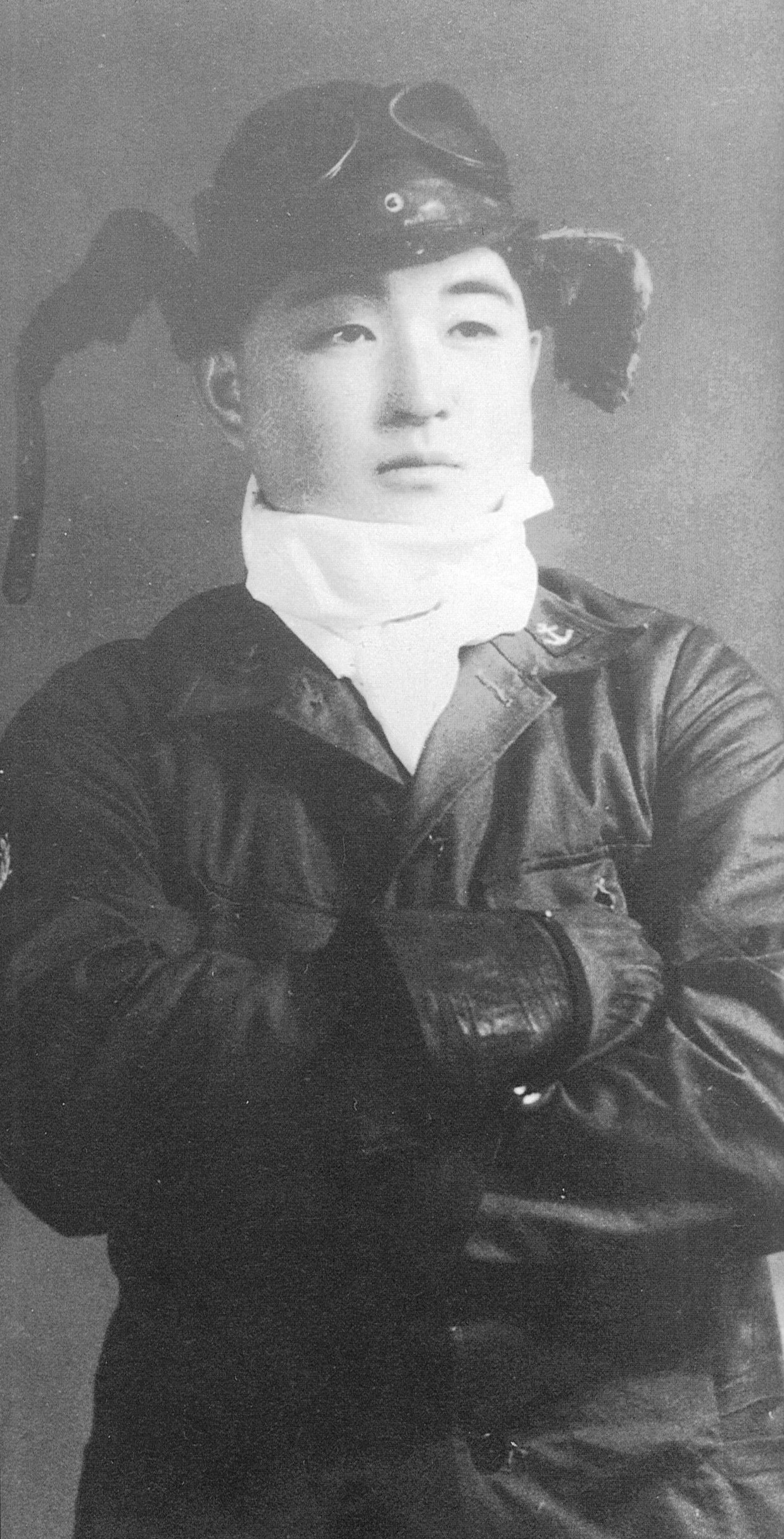Tomokazu Kasai, a World War II Japanese naval ace, died in Amagasaki City, Japan on January 9, 2021, from chronic heart failure. He was 94.
Born on March 8, 1926, at a farmhouse in Sasayama, Hyogo Prefecture, he enlisted in the Imperial Navy and started flight training at the Tsuchiya Kokutai (naval air group) on April 1, 1942.
Qualifying for his wings on October 31, the young Kasai was assigned to the newly formed 263rd “Hyo” (panther) Kokutai, which departed for Tinian in the Mariana Islands in February 1944. In mid-April the unit got a veteran ace in the person of Chief Petty Officer Shoichi Sugita, who selected Petty Officer 2nd Class Kasai as one of his wingmen.
Kasai’s first combat was with a Consolidated B-24 bomber over Guam on April 25, but he fired at too great a distance to be effective. On June 18 an American invasion force approached Saipan and Kasai was among the Mitsubishi A6M5 Zero pilots attacking the landing ships with 30-kilogram bombs. Jumped by Grumman F6F-3 Hellcats, he managed to shake them off and returned to Guam, shot up but alive.
By July 10 Kasai had been credited with eight victories, but attrition during the Marianas campaign led to the 263rd Kokutai being permanently disbanded. Kasai and Sugita, among other survivors, were reassigned to the 306st Hikotai (squadron) of the 201st Kokutai in the Philippines. For a week, starting on July 16, the 306th operated from Yap Island in the Palaus, intercepting B-24s. During one such intercept Kasai was shot down but ditched in the sea and was later rescued.
October 27 found the 306st Hikotai at Mabalacat, Luzon, from which Kasai flew escort for one of the earliest suicidal kamikaze missions against the American landing force at Leyte. Upon seeing one kamikaze hit a U.S. ship and burst into flames he told Japan Times in 2015 that he thought to himself, “Yes, they did it!”
In January 1945 the decimated 201st Kokutai was disbanded. Some of its personnel had already been evacuated home, including Sugita, whose score was at least 30 and Kasai, now a chief petty officer with 10 accredited victories and still Sugita’s choice for wingman. They were assigned to the 301st Hikotai of a unit just formed on December 25, 1944: the 343rd Kokutai, fully equipped with the new Kawanishi N1K2-J Shiden-kai (“violet lighting,” modified) fighter.
On April 12 elements of the 343rd attacked F6F-5 Hellcats that were strafing the airfield on Kikaiga Shima, midway between Kyushu and the embattled island of Okinawa. Kasai claimed two Hellcats before his cannons jammed and he was chased home by two other F6Fs at wavetop level. Sugita subsequently classed Kasai’s two claims only as “probables.”
On April 15 Hellcats attacked Kanoya airfield and Sugita tried to lead his flight up to engage them. Before Kasai could take off, however, a rocket blew a hole through one of his wings. As Sugita took off, he and Petty Officer 2nd Class Toyomi Miyazawa were shot down and killed by Lieutenant Commander Robert Weatherup, commander of VF-46 from the carrier Independence. On April 17 Kasai’s plane crashed, breaking his right leg and essentially ending Kasai’s war.
About 80 percent of Kasai’s fellow piolots did not survive the war, with the ace later remarking to Japan Times, “I survived not because of my flying ability or the quality of my aircraft, but because I was lucky.”
After the war Kasai worked at the Sumitoma Osaka Cement Company, Limited until retirement. The war never left him, however.
Throughout his life he said in interviews, “I still have the same dream of a Hellcat on my tail, and I can’t shake it.”
“War is senseless and cruel,” he added. “We must never forget.”





